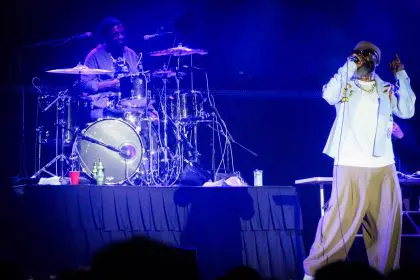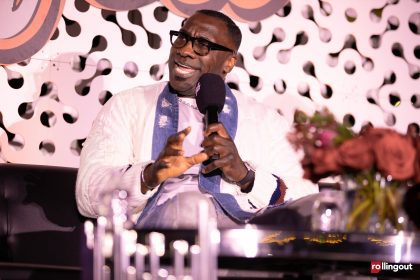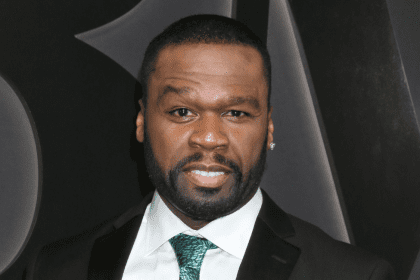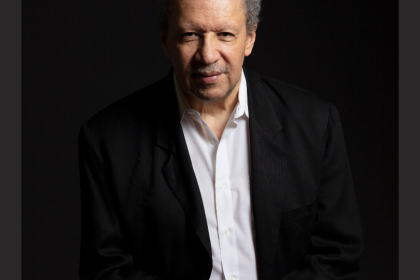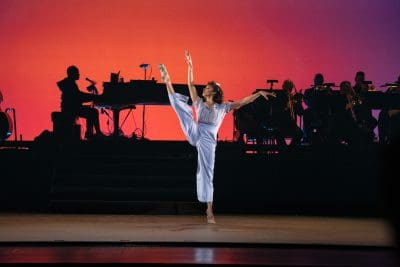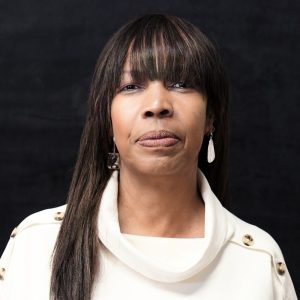Cab Calloway is widely recognized as one of the most influential figures in jazz music during the 1930s and 1940s. His unique style of singing, showmanship, and pioneering musical innovations helped to shape the sound of modern jazz.
Calloway began his career in 1927 playing drums for a band led by Clarence Williams. He quickly gained popularity for his distinct vocal stylings, often characterized by scat-singing, yodeling, and melismatic jazz runs. His repertoire was also highly varied and featured original tunes such as “Minnie the Moocher” (1931), “The Jumpin’ Jive” (1939), and “Rock It for Me” (1940). He also managed to take old classics—like “St. Louis Blues”—and infuse them with a new energy through improvisation and experimentation.
In addition to his enthusiasm for music making, Cab Calloway was known for his flamboyant stage presence and witty showmanship. He often performed in colorful suits with a top hat, white gloves, and an enormous, feathered cape that he would twirl around wildly while singing. His stage antics were so amusing that even before he became famous, he had earned himself the nickname “Hi De Ho” man from friends due to the expression he used to punctuate each phrase of a song.
Calloway’s influence extended beyond just music; his style gave rise to new trends in fashion as well as dance moves like The Hi-De-Ho or The Buzz Saw which has been adopted by artists from different genres over the years. In terms of other influential jazz musicians from this era, there are several artists whose work was significant in forming modern jazz music including Louis Armstrong, Duke Ellington, Dizzy Gillespie, Ella Fitzgerald, and Billie Holiday each whose contributions were instrumental in shaping the sound of contemporary jazz sounds we hear today.
Louis Armstrong was one of the first innovators who coined what we now know as ‘Swing’. By combining elements from traditional New Orleans Jazz with blues riffs and improvisations on both trumpet and vocals he created an accessible yet vibrant genre with which many people could identify at that time period. Moreover, Armstrong’s use of vibrato when singing set a precedent for later vocalists like Billie Holiday who adopted similar techniques in their performances creating a more emotive atmosphere through their delivery.
Duke Ellington is known for being one of the most prolific composers of all time writing over 1 000 compositions during his lifetime alone! He was considered to be an experimentalist who combined elements from classical orchestras with swing rhythm sections creating complex yet approachable pieces like ‘Mood Indigo’ (1930) or ‘It Don’t Mean A Thing if it Ain’t Got That Swing’ (1931). What made Ellington unique however was that he wasn’t afraid to take risks musically always pushing boundaries when it came to harmonization or instrumentation which is why he continues to be considered one of the greatest composers ever.
Dizzy Gillespie was another major figure from this era known particularly for having popularized Bebop – a form of modern jazz featuring fast tempos combined with unpredictable solos using chromatic scales which often requires skillful musicianship due to its complexity. Many people believe that without Gillespie’s influence at this time period bebop may not have become as popular as it did since its rapid growth had much do with him championing its cause throughout clubs located throughout America at that time period particularly Birdland where he routinely performed alongside artists such as Charlie Parker or Thelonious Monk thus introducing these revolutionary sounds into mainstream culture forever changing popular music as we know it today!
Ella Fitzgerald is remembered not only for her impeccable vocal delivery but also her ability to scat sing – meaning she could improvise melodic lines using nonsense syllables thus expressing her creativity through her own unique brand of vocal articulation instead relying solely on lyrics like typical singers would do at that particular time period! Her successful recordings during the 1940s which included hits such ‘A Tisket A Tasket’ (1938) or ‘Oh Lady Be Good’ (1950) earned her international fame eventually gaining her title ‘The First Lady of Song’.
Finally, Billie Holiday who used her voice exquisitely performing soulful ballads like ‘Strange Fruit’ (1939) marked a new era within jazz whereby she established herself as one of the premier female vocalists influencing generations afterwards including Nina Simone among other contemporary performers today & beyond!
Overall, Cab Calloway played a crucial role throughout defining modern jazz not just through his own works but by inspiring others around him carrying on traditions set by masters before him such as Louis Armstrong or Duke Ellington all succeeding in bringing us today some true gems within their field.
In addition to influencing countless other artists throughout history; Cab left behind a lasting legacy which has been honored by numerous institutions including Carnegie Hall where he received a Lifetime Achievement award in 1981 shortly before his death at 73 years old. He is still remembered today as one of the most innovative and influential figures in jazz history – having paved the way for generations of young musicians who continue pushing boundaries within the genre even after almost ninety years since his first professional performance on stage.

